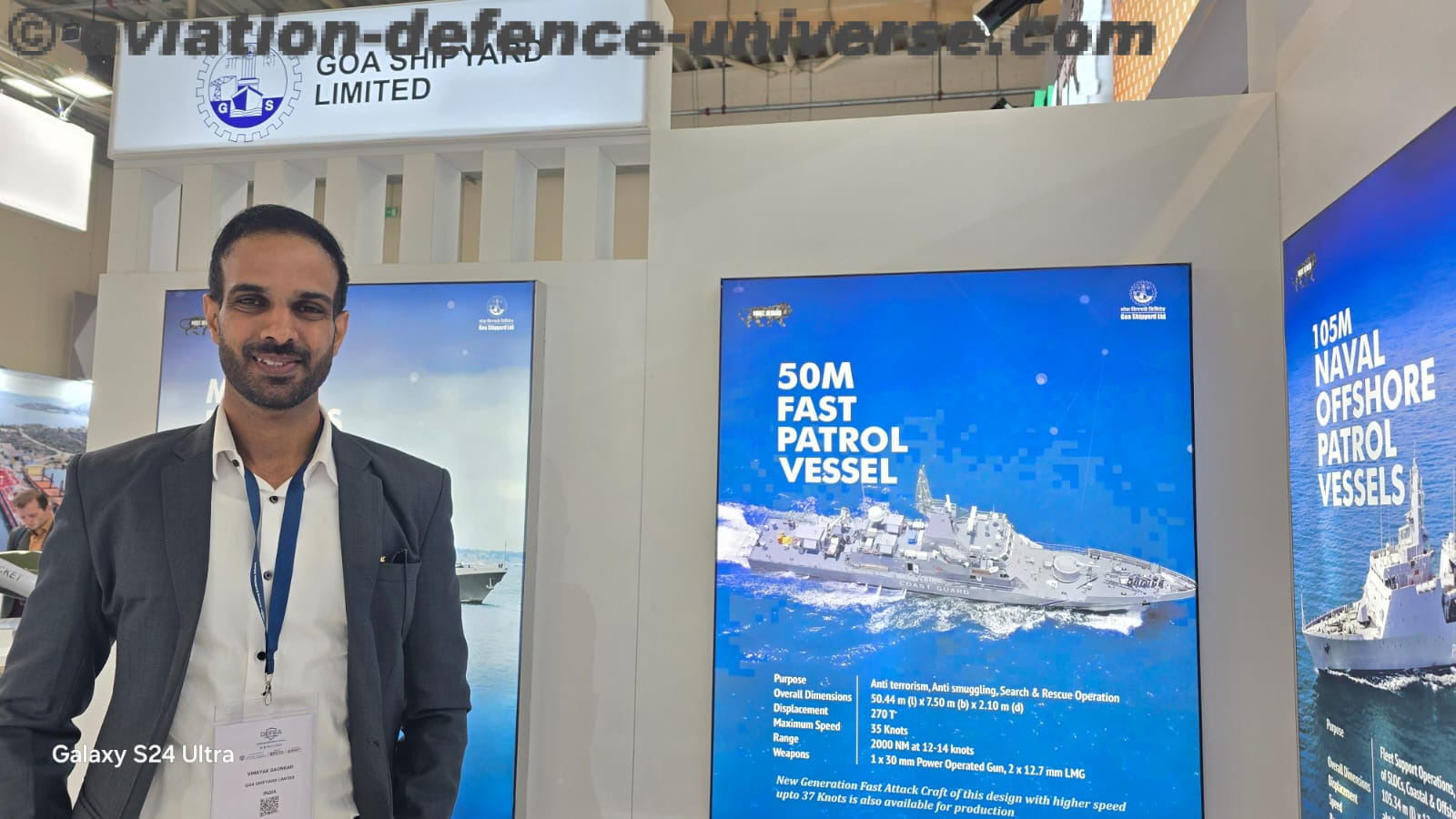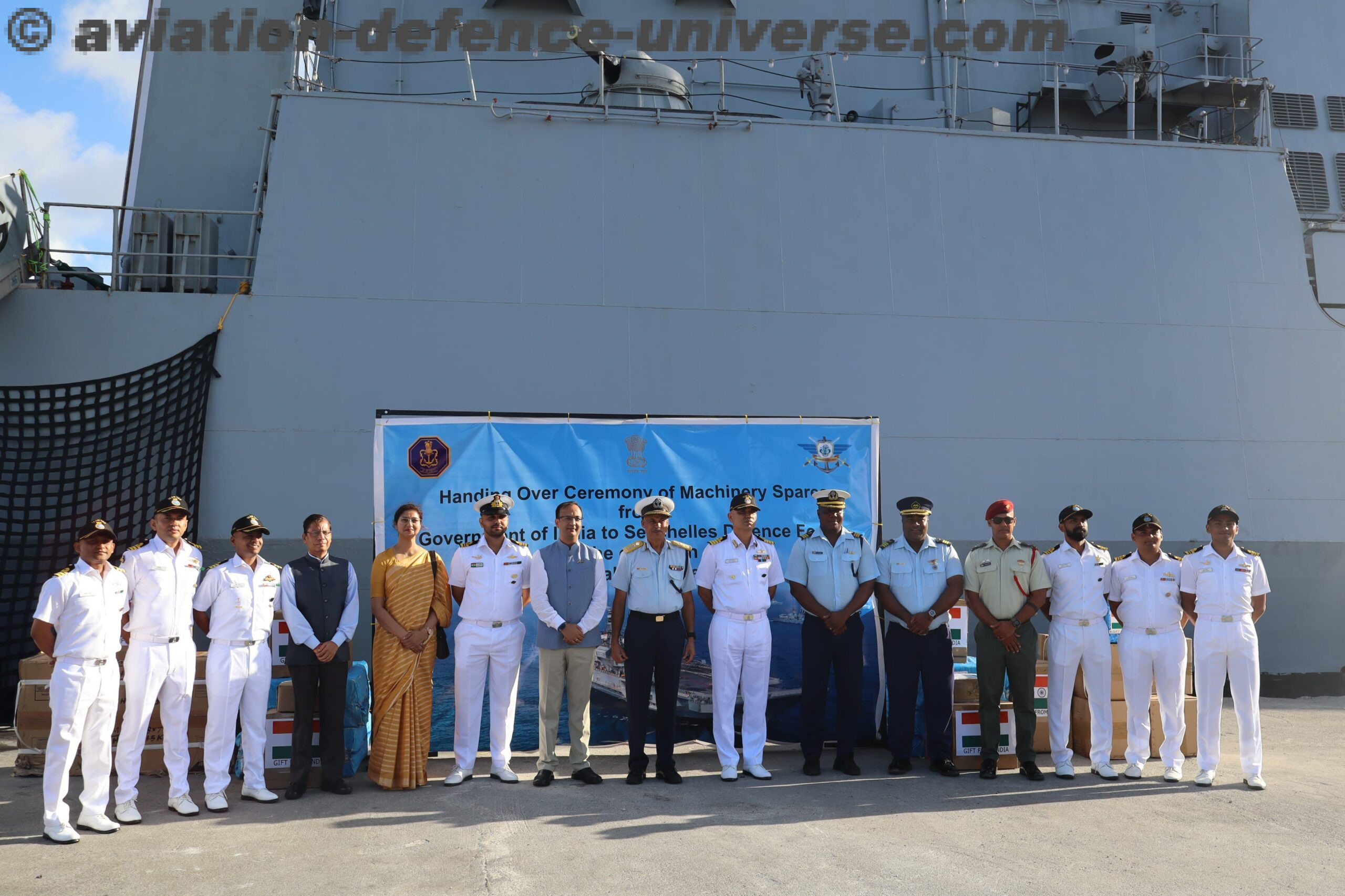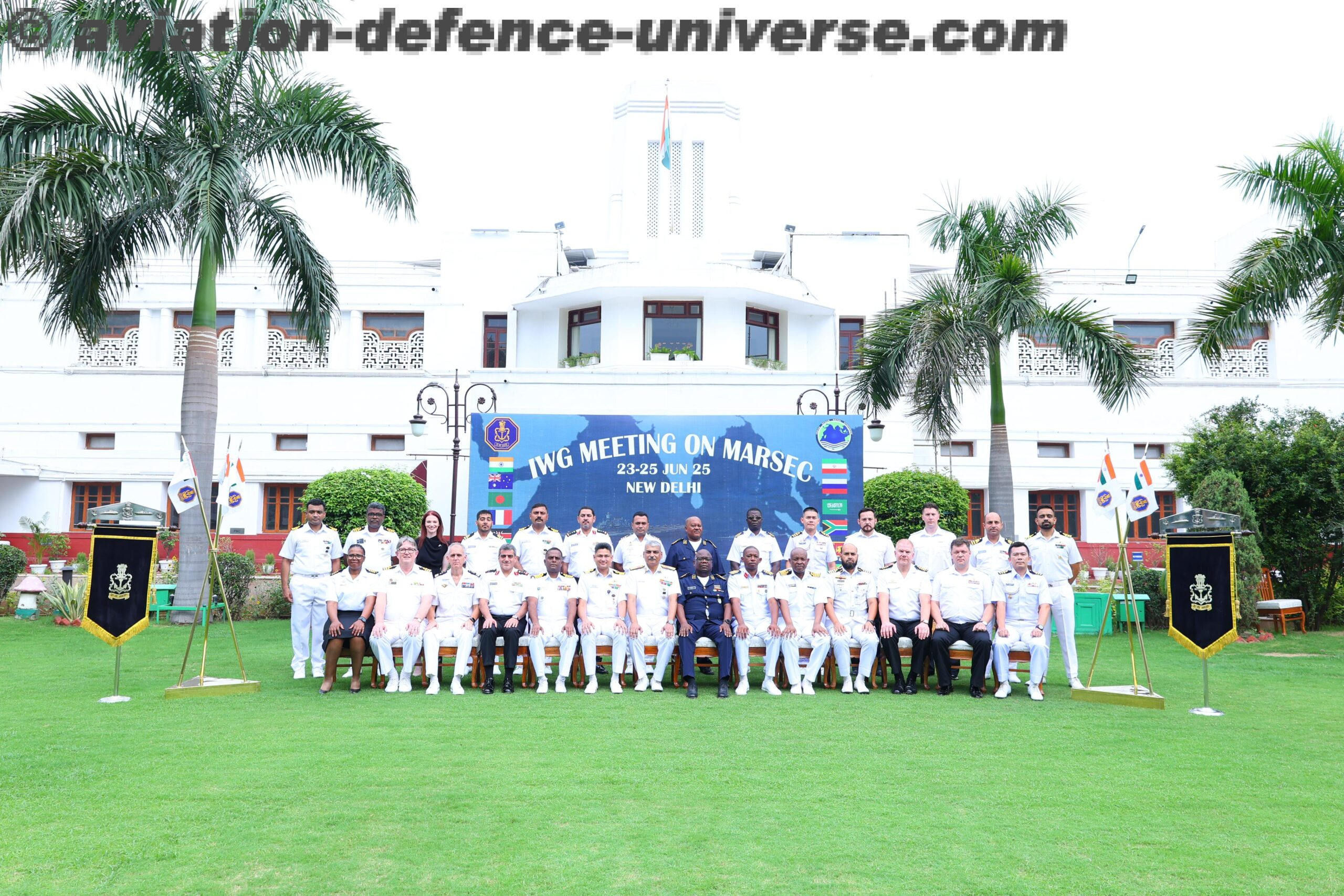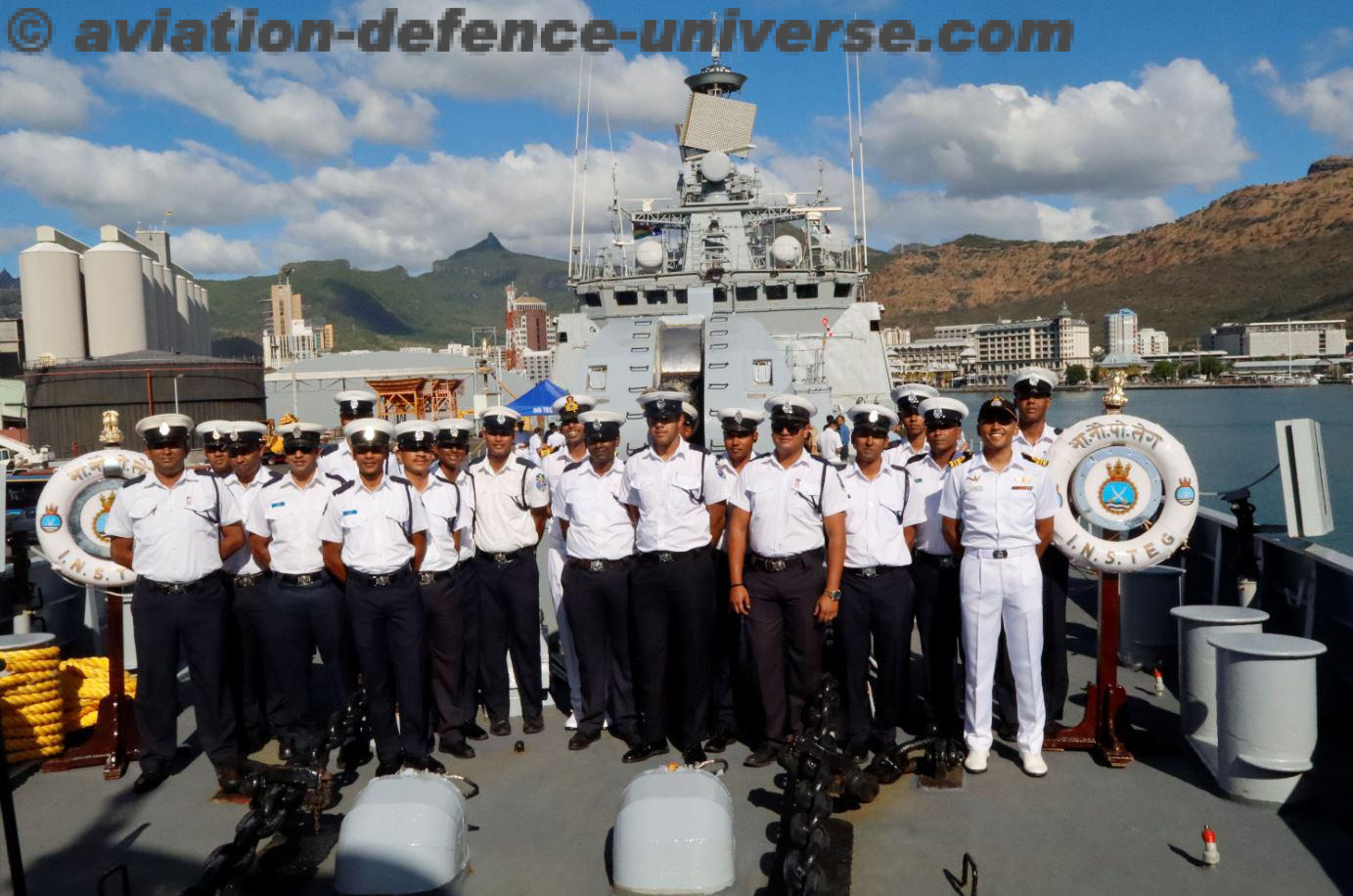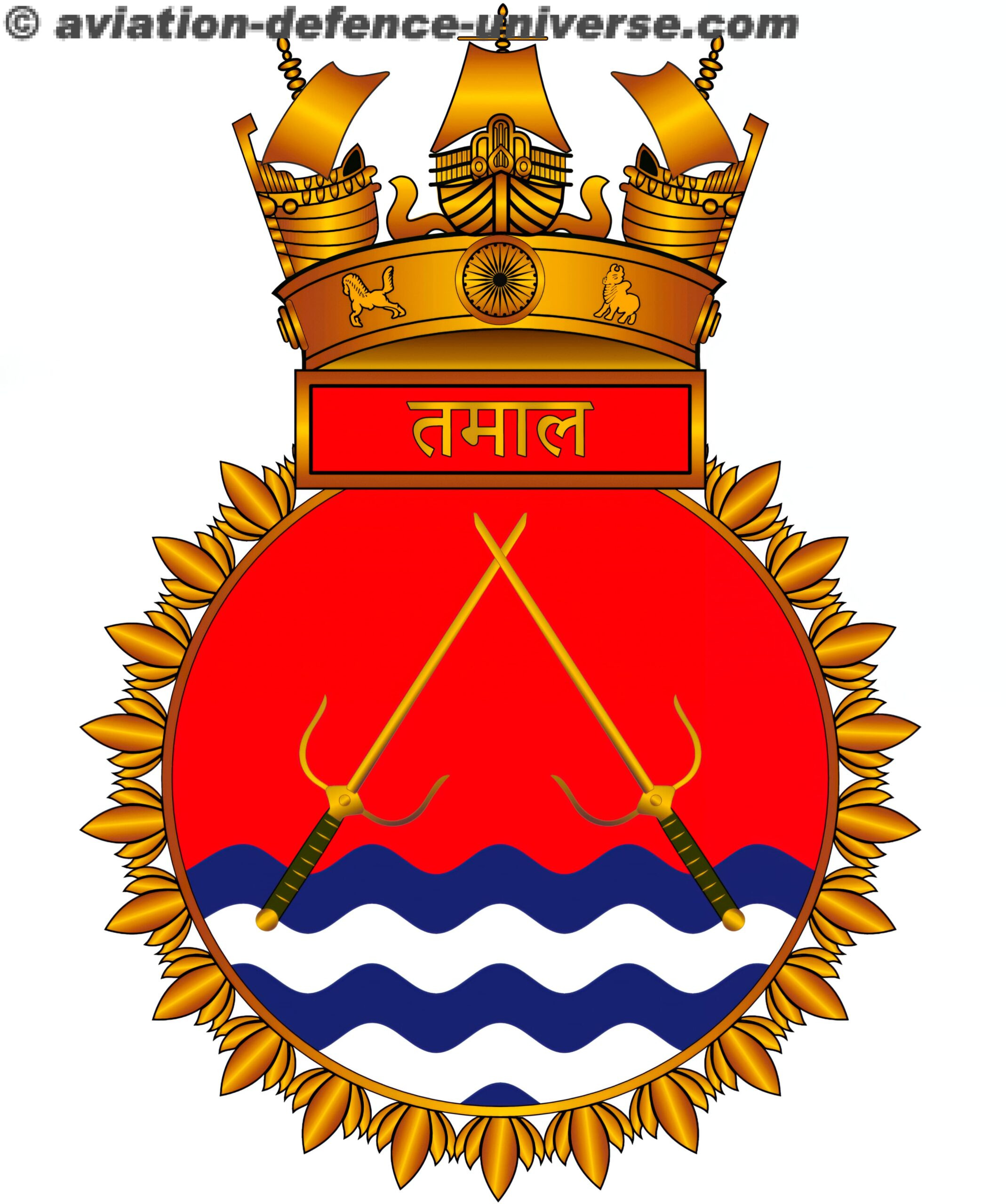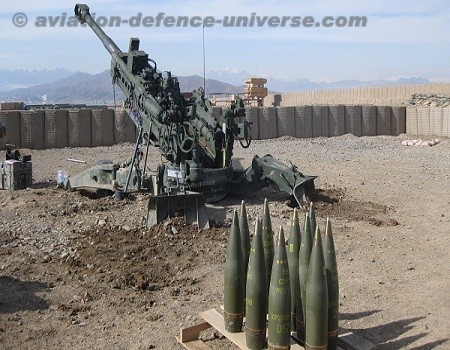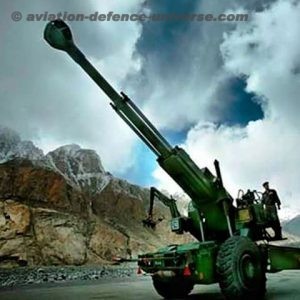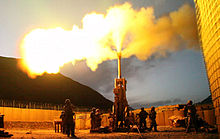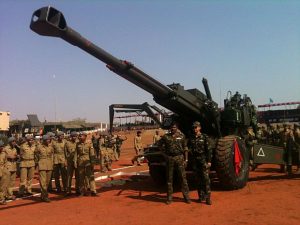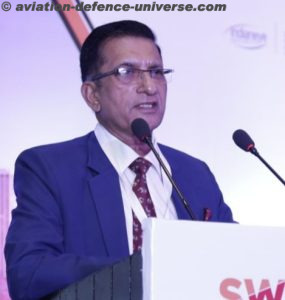By Maj Gen (Dr.) PK Chakravorty (Retd.)
Why 28 September is Gunners Day?
The Regiment of Artillery celebrates its raising day on 28 September annually. The date of raising is related to the raising of the Royal Indian Artillery as a part of the Bombay Presidency which occurred on 28 September 1827. The organisation was named as 5 Bombay Battery and they soon prepared themselves for a role in the mountains. They participated in the first Anglo Afghan war which took place from 1839 to 1842. Thereafter the Regiment participated in both the World Wars and in all the Wars post independence. Artillery is the second biggest arm, next to the infantry and has proved its mettle in all operations including Counter Insurgency actions in Jammu and Kashmir as also in the North East. Currently a number of units are deployed in Eastern Ladakh to stand up to the Chinese border clashes. Professionally the arm has provided Firepower in all operations with Elan, Pride and Military Precision. The Regiment having completed 196 years is currently undergoing a process of modernisation which would ensure that state of the art equipment is inducted to enable the Regiment to undertake operations in the 21st century against its adversaries. Having spent these glorious years it would be pertinent to take a reality check on aspects concerning the arm which is aptly referred as the King of the Battle. It is pertinent to note that while Guns are the colours, the ammunition is the weapon and it is a combination of these two that causes devastating effect at the target. It is also pertinent to note that Guns, Rockets and Missiles are playing a predominant role in the current operations in Ukraine.
Current Situation
The nation is facing at this juncture security challenges at the Line of Actual Control. It is to India’s credit that she has been able to convince all countries of the World on the incorrectness of the present statements by our Northern and Western adversary. Never the less rhetoric of our adversaries has to be taken seriously as they have stated their ability to escalate the situation if the need arises. In such a situation India has to be prepared for a two front conflict. As correctly appreciated the conflict could be in multiple domains. Artillery remains an important Arm irrespective of the domain of Warfare. It is heartening to note that Artillery continues to modernise at a deliberate pace thereby improving the Manoeuvre and Firepower capabilities of the Indian Army.
Artillery shapes the Battle Field. Therefore it is essential for the Artillery in the current Battle Space to provide Surveillance and Reconnaissance resulting in Target Acquisition which would lead to engagement of targets. There is also a need to monitor and undertake Post Strike Damage Assessment and ensure that the target is destroyed. In the current environment, Artillery degrades enemy’s war waging capability, destroys his field defences, communication sites, logistics echelons thereby paralysing him and thus accomplishing our mission.
At present it is equipped with a variety of surveillance devices, Guns, Mortars, Rockets and Missiles. The surveillance devices are a part of the Surveillance and Target Acquisition (SATA) Regiments. Though the UAVs have moved under Army Aviation the surveillance centres are still under Artillery and they will report to them. They have been transferred and it is expected that synergy is optimised to enable speedy engagement of targets.
The SATA units are currently equipped with Medium Range Battlefield Surveillance Radars (MRBFSR) and Weapon Locating Radars (WLR). The MBFSR is able to detect tanks, vehicles and troops. They are held in minimal quantities and been exploited by mobile masts. The WLR currently held is the SWATHI which is doing a commendable job. Six units of the mountain variant have possibly been inducted in March 2023, which has been optimised with a reasonable degree of success. Further SATA units are equipped with Long Range Reconnaissance and Observation System (LORROS). This equipment has excellent day and night surveillance capability and has proved its effectiveness in operational areas. The SATA units also have a passive weapon locating system known as Sound Ranging. The system currently held is old and needs to be replaced by state of the art equipment. Bharat Electronics in conjunction with DRDO has developed a Weapon Locating Radar which has undergone evaluation trials and is being inducted.
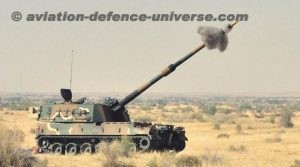 As regards Guns the Regiment is equipped with a wide variety of Guns. . The Field Regiments possess either 105 mm Indian Field Gun / Light Field Gun or 122mm Field Howitzer. The Medium Regiments possess 130 mm Medium Guns, 155 mm Bofors Medium Gun (39 calibre) and a few regiments of 155 mm (45 calibre) Soltam Guns. In addition, the 155 mm (45 Calibre) Dhanush Medium Gun has been inducted. The 155 mm M 777 Ultra-Light Howitzer has also been inducted in high altitude terrain . The 155 mm Advanced Towed Artillery Gun System (ATAGS) has been trial evaluated and an initial demand of 310 is likely to be met shortly. The 155 mm (52 calibre) K 9 Vajra has been inducted and though meant for the plains is doing an outstanding job in Eastern Ladakh. There is a proposal to procure 100 more Guns of this variant.
As regards Guns the Regiment is equipped with a wide variety of Guns. . The Field Regiments possess either 105 mm Indian Field Gun / Light Field Gun or 122mm Field Howitzer. The Medium Regiments possess 130 mm Medium Guns, 155 mm Bofors Medium Gun (39 calibre) and a few regiments of 155 mm (45 calibre) Soltam Guns. In addition, the 155 mm (45 Calibre) Dhanush Medium Gun has been inducted. The 155 mm M 777 Ultra-Light Howitzer has also been inducted in high altitude terrain . The 155 mm Advanced Towed Artillery Gun System (ATAGS) has been trial evaluated and an initial demand of 310 is likely to be met shortly. The 155 mm (52 calibre) K 9 Vajra has been inducted and though meant for the plains is doing an outstanding job in Eastern Ladakh. There is a proposal to procure 100 more Guns of this variant.
The Regiment also holding Rockets and Missiles. The Rocket Regiments are equipped with 122 mm GRAD BM -21 rockets, 214mm Pinaka Rockets and 300 mm Smerch Rockets. The Missile Regiments are equipped with the Super Sonic Cruise Missile BrahMos which has a range of 290 km. Recently India has joined the Missile Technology Control Regime which has resulted in trials for extending the range up to possibly 400 Km.
What have we to prepare for?
The current situation compels us to be ready for hostilities. . The battle space is likely to be:-
- Short notice, high tempo and high intensity.
- Enhanced Battle Space Transparency.
- Deeper and wider contact zones with Non-Contact Warfares.
- Greater use of precision weapons.
- Network Centricity both of platforms and systems.
- Asymmetric Nature.
- To be fought against a backdrop of Nuclear, Biological and Chemical Warfare.
The Indian Artillery is currently on the threshold of a new era with modernisation moving at a steady pace. The Regiment has expedited the modernisation process particularly with regard to Guns and Ammunition. All out efforts must be made to include precision ammunition for better engagement of targets.
The Regiment must guide the Aviation Directorate in the procurement of Unmanned Combat Aerial Vehicles (UCAVs) and Loitering Missiles. The Artillery must bid for rotor UAVs which would be extremely useful with minimal manpower. To enhance our surveillance of Depth Areas we would need Aerostats which would help us in acquiring targets. Our surveillance equipment needs to be beefed up with additional equipment as also there is a dire need for Satellites to provide surveillance and target acquisition. The Artillery Combat Command and Control System (ACCCS) will be combining these elements to provide Synergise Firepower. The system needs to be updated and introduced in all formations.
As regards ammunition we need to seriously examine the employment of Precision Guided Munitions (PGMs) to ensure destruction of targets by accurate fire. The Regiment of Artillery needs to seriously consider this aspect and evaluate our requirements considering the prevalent operational environment. Further Sensor Fuzed Ammunition needs to be procured for precise engagements of mechanised targets.
Wish List
It is time now to think about the future. The ongoing cases would possibly fructify in the next decade. What is our wish list? These are as follows:-
- Precision Guided Munitions (PGM) which could be co-developed between the DRDO and Raytheon. The 155 mm Excalibur is an excellent PGM which could be Made in India, making it an excellent weapon against targets needing precise engagements which would include terrorist’s hideouts across the Line of Control.
- The UCAVs are the need of the hour. These could be Made in India with assistance from DRDO.
- Development of 200 Km Gun using rocket projectiles. DRDO could co develop this with Lockheed Martin which has developed a 62 calibre naval gun and is keen to Make in India.
- We have recently test fired a Hypersonic Missile. BrahMos must be made a Hypersonic Missile at the earliest to ensure we can match our Northern adversary.
- There is a need to develop Direct Energy Weapons particularly Microwave Weapons which can be used on Missiles, lasers on UCAVs and the electromagnetic rail gun. Artillery must get involved to ensure that they continue in their race forward.
(Major General(Dr.)(Retd.) P K Chakravorty, VSM is a Delhi-based strategic analyst and a Former Additional Director General Artillery. The views in the article are solely the author’s. He can be contacted at editor.adu@gmail.com)































